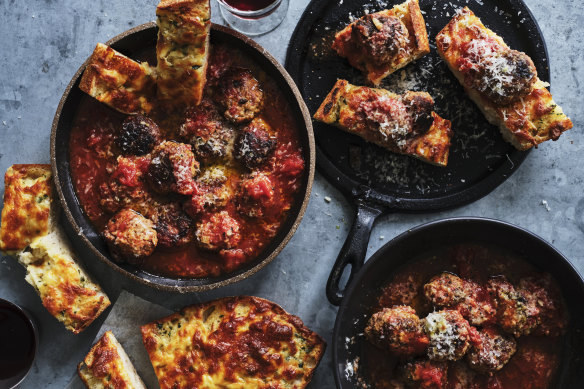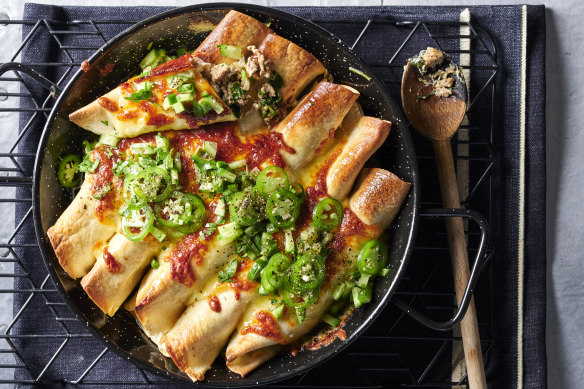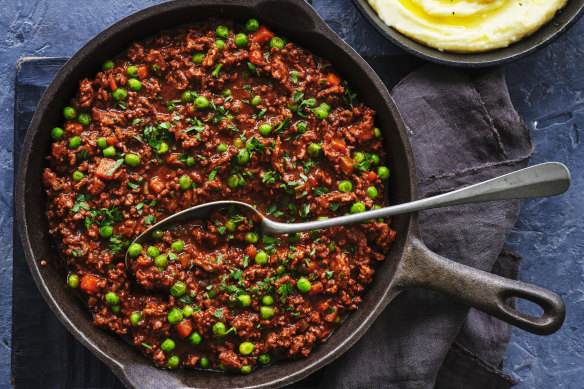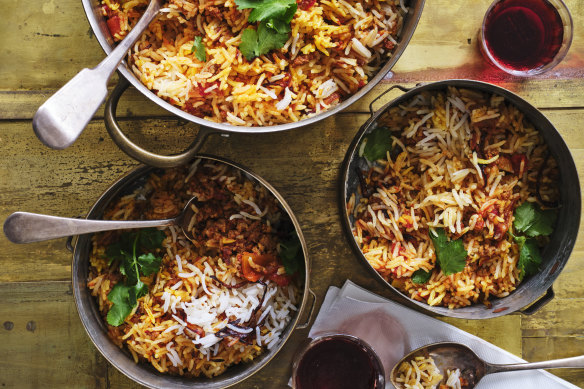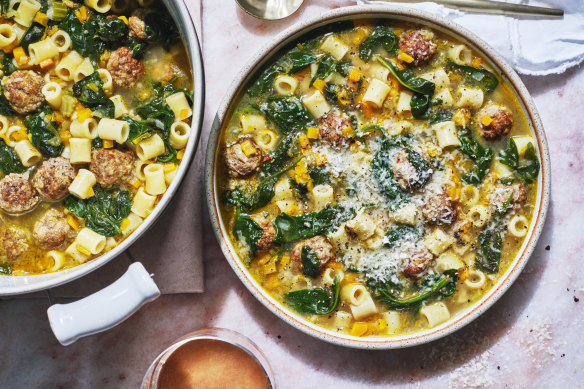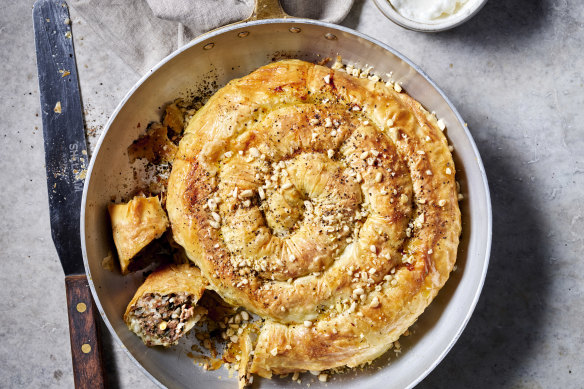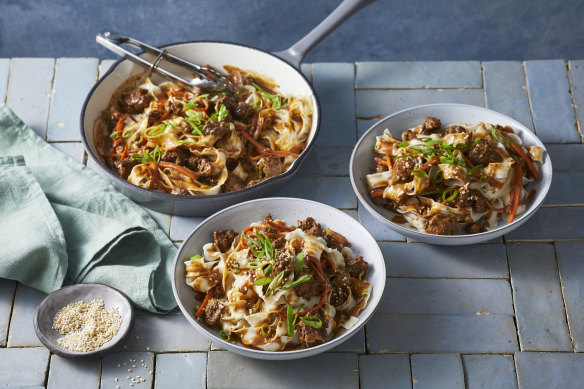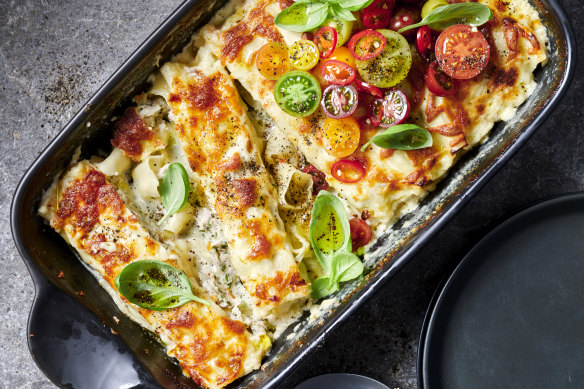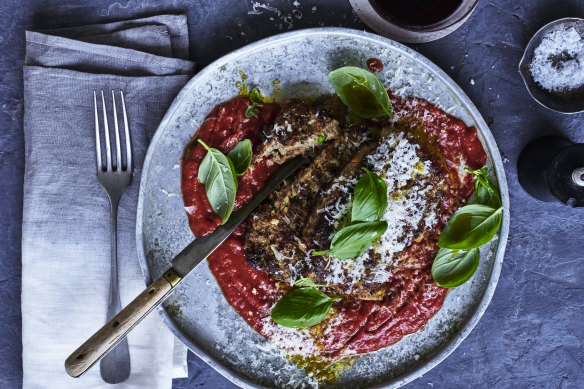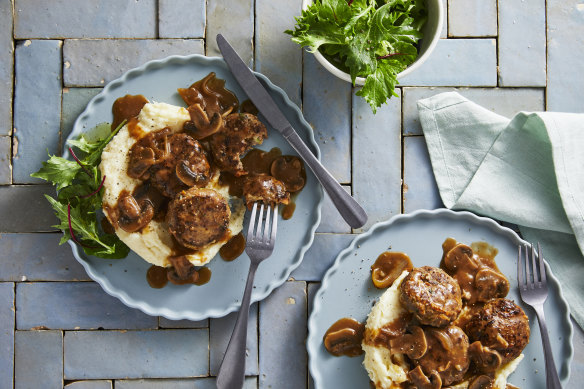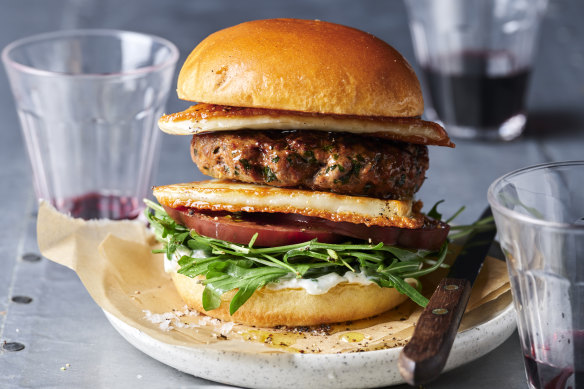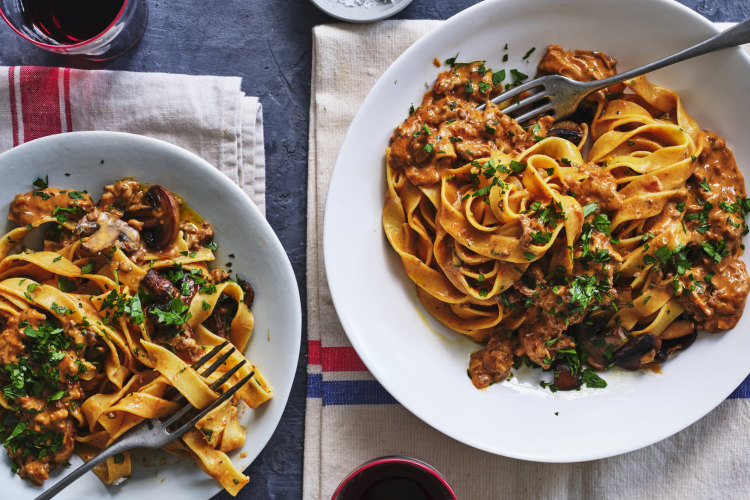
Recipe collection
15 new (and improved) ways with mince starring Adam Liaw’s low-cost stroganoff
Thank heavens for mince. Amid a cost of living crisis, it’s one of the most affordable meats we can buy, and one of the most versatile, too. But how well do we really understand those possibilities? It’s worth having a bit of a refresher, so let me take you through it. One of the biggest misconceptions is that the more expensive the mince, the better. That’s not necessarily true. A fillet steak might be more expensive than chuck, but that doesn’t mean it’s “better”. It just means it’s used for a different purpose. The same goes for mince. Your “premium” or “five-star” mince might be more expensive than the “budget” or “three-star” variety but that doesn’t mean it’s better. The main difference is fat content. Expensive mince will often have a fat content as low as 5 per cent, while the cheaper mince can be around 18 per cent. For something like a hamburger, choose the cheap mince. A hamburger needs the higher fat content to keep it juicy. For stews, such as this stroganoff (pictured), a mince that’s lower in fat might be better to stop the stew from becoming too oily—Adam Liaw
